Polish varieties of apples, what are their advantages, apple tree seedlings from Poland

Who among us does not like sweet and juicy apples? Some people like to eat them fresh, others - baked with honey and cinnamon, while others like fragrant apple pies, jams, mulled wine and compotes.
But no matter how you eat these fruits, they, in any form, contain a large set of micro and macroelements, vitamins that are beneficial for the human body. Grow apples everywhere, but Polish varieties are very popular.
Content:
- Characteristics of the fruit and its composition
- Description of the Polish variety Ligol
- Description of the Champion variety
- Characteristics of the Gala variety
- Apple tree seedlings from Poland
Brief characteristics of the fruit and its composition
Apple is the name of the fruit from the apple tree. Juicy, multi-seeded and indehiscent fruit. Similar in structure to berries. These fruit trees appeared in the countries of Central Asia, where today there are a large number of wild gardens.
In ancient times, it was cultivated in Egypt, on the site of modern Israel and Palestine, and even in Rome and Ancient Greece. Today, a huge number of species and varieties are known apple trees and they are grown in almost all corners of the world, especially in America, China and European countries.
In areas with temperate climates, domestic apple trees are common.And the apples themselves come in all sorts of sizes and colors: yellow, green, red, white, with a pink “blush”, and in shape - round, cylindrical, flattened on the sides, oval, cone-shaped.
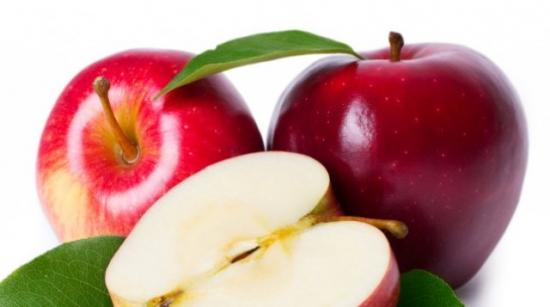
The pulp differs in taste depending on the type; sweet and sour fruits are most common, but there are also bitter and tart fruits.
Often apple called the fruit of health due to the large amount of vitamins it contains:
- Vitamin A (beta carotene) – 0.02 mg.
- Vitamin B - 0.02 mg.
- Vitamin B2 - 0.02 mg.
- Folic acid - 1.7 mcg.
- Vitamin C - 11 mg.
Macronutrients:
- Potassium 279 mg.
- Magnesium – 8 mg.
- Calcium – 17 mg.
- Sodium – 25 mg.
- Phosphorus – 10 mg.
Microelements:
- Iron 2.1 mg.
- Iodine – 2.3 mcg.
- Cobalt 1 mcg.
- Copper – 110 mcg.
- Fluoride – 8 mcg.
- Zinc – 150 mcg.
And 100 grams contains:
- Water – 87.6 g.
- Proteins – 0.5 g.
- Fats – 0.4 g.
- Carbohydrates – 11.9 g.
- Fiber – 0.7 g.
- Pectins – 1.2 g.
- Organic acids -0.8 g.
Calorie average apple is 45 kcal.
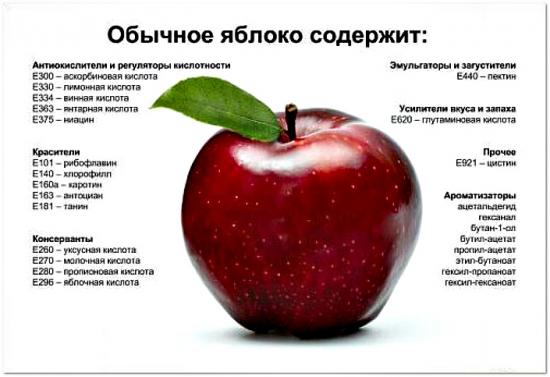
This is not only a tasty, but also a healthy fruit, the use of which is recommended all year round to prevent the occurrence of diseases and treat existing ones:
- anemia;
- gout;
- urolithiasis;
- arthritis;
- constipation;
- diabetes;
- help with sleep disorders;
- relieve severe headaches.
Freshly squeezed juice is used to treat:
- atherosclerosis;
- cholecystitis;
- diseases of the digestive system;
- genitourinary system;
- colds;
- various types of infections.
They have pronounced diuretic and choleretic properties, activate the body’s metabolic processes, and scientists have recently proven the anti-cancer properties of this fruit.
Description of the Polish variety Ligol
Europe is rightfully the leader among European countries in the cultivation and export of various species apples Ligol is a relatively recent, but already very popular Polish variety, in demand in many countries around the world.
Ligol apples appeared in 1972 at one of the Polish universities in the city of Skorniewice by crossing Golden Delicious and Linda. The yield will please any gardener: trees of this variety that have reached full maturity are capable of producing up to 10 tons of fruit per hectare.

Apples They turn out not only tasty, but also large and beautiful. The average weight is about 200 grams, or even more, the shape of the fruit is classic: round, slightly narrowed at the top. The skin is not thick, shiny, smooth, the ribs on the surface are practically not felt.
The color of the fruit is yellowish-green, and by the time of ripeness a bright pink or red blush appears on the peel. Numerous ridges are visible on the surface. The pulp is the color of baked milk, juicy, and quite dense.
To taste - sweet with sourness, with a strong, pronounced pleasant aroma.
Harvest occurs at the end of September or beginning of October. Apples for export, after harvesting, are stored from storage while maintaining optimal temperature and humidity levels in order to reach their peak ripeness by January.
When properly stored, this species retains all its qualities and appearance until mid-spring.
Ligol's purpose is universal, but it is more often used for processing due to its peculiarity (no darkening of the pulp on cuts).
Apple trees are medium in height, about 2.5 - 4 meters. The crown is not dense, grows in the shape of a pyramid and requires frequent pruning due to the large number of constantly growing young shoots.Flowering is long-lasting and occurs in late spring.
Ligol is a self-sterile variety, therefore, in order for fruit to appear on the tree, it is necessary to plant pollinating trees nearby: McIntosh, Gloucester, Fuji, Champion, Spartan, Idared.
Fruiting occurs, as a rule, 3 - 4 years after planting. Trees require high-quality shaping; without it, fruiting may not occur after receiving an excess harvest, and the trees will simply rest next year.
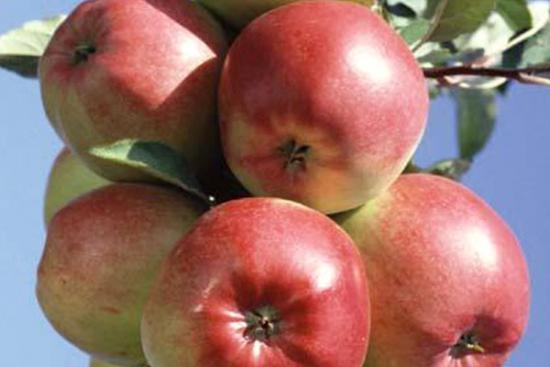
The species is resistant to low temperatures and resistant to diseases such as scab. The main ailment that Ligol is prone to is bacterial burn.
There is no truly effective means of combating the disease; the main thing is to periodically inspect the trees and follow some simple rules:
- When pruning, disinfect tools;
- Do not oversaturate the soil with fertilizers containing nitrogen;
- Fight against insects that carry the disease;
- Spray with compounds containing copper.
Propagated by planting seedlings one or two years old and grafting cuttings. At the same time, it is necessary to maintain a sufficiently large distance between the apple trees for adequate lighting.
Description of the Champion variety
Apple trees of this type are distinguished by their unusual taste and high yield. Polish agriculture produces Champion apples and occupies a leading export position in Europe.
The Champion appeared thanks to Czech breeders in 1970. To do this, the breeders crossed Golden Delicious and Renet Orange Cox. The apple tree itself is medium-sized, stable annual fruiting begins at the age of 3, has a strong immunity to scab and powdery mildew, and the harvested crop is stored for about six months.
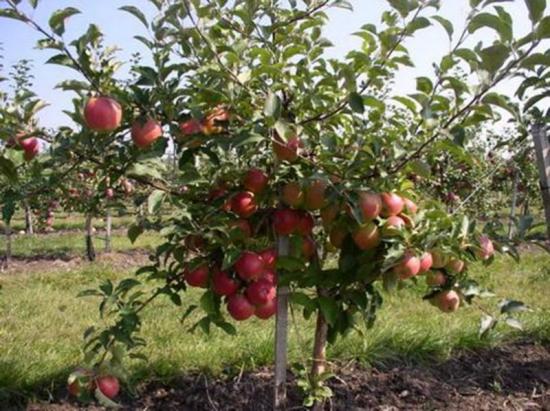
Apple trees bloom profusely and bear medium-sized fruits (190 – 250 g), identical, round-oval, yellow-green in color with a blurred pink blush. The skin of the fruit is thin and elastic. The pulp is cream-colored, medium in density, juicy and aromatic. Ripen in the second half of September.
To get colored fruits, the gardener needs to monitor the formation of ovaries and flowers, and pre-harvest spray the foliage with fluoride-containing solutions. The crown is oval, formed by skeletal branches.
Tree pruning is necessary; it stimulates the growth of young shoots and increases yield. To obtain good fruit when shaping Champion, you must use all the methods used in pruning apple trees.
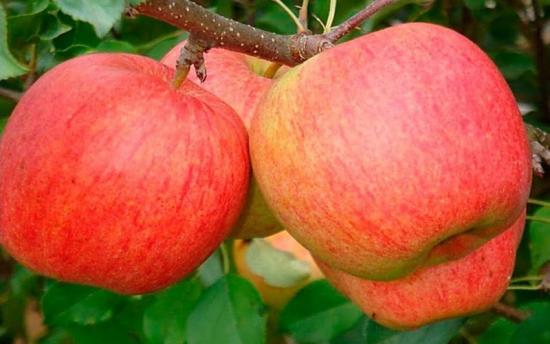
Among the diseases to which trees are susceptible, the most famous is bitter pitting. The best method of combating it is feeding (8-10 times) with calcium preparations on the leaves. This treatment preserves the fruits.
Storing apples of this type is difficult. In order for them to be stored for a long time, it is necessary to observe the deadlines for removing fruits from trees.
Brightly colored ones ripen faster by 3 - 5 days than lightly colored ones. It is recommended to store them on an industrial scale in refrigerators at a temperature of 1-1.5 degrees.
Characteristics of the Gala variety
The variety was bred in New Zealand in 1957, and initially the breeders did not really like it: the fruits turned out to be too pale and small in size. But this problem was quickly solved through numerous mutations and the appearance of brightly colored fruits.
They took Kids Orange and Golden Delicious as a basis.
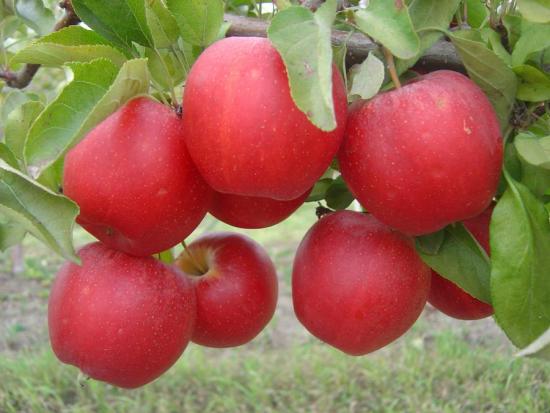
Gala is famous for its high yields and resistance to frost. The trees are low, have a wide, not very dense, rounded crown.Both annual and perennial shoots bear fruit, and apple trees begin to bloom late - at the very end of spring.
It belongs to partially smopollinated apple trees, and therefore for the best fruiting it is recommended to plant Elvira, James Grieve and other trees nearby.
The fruits are medium in size (about 150 g), round, slightly elongated yellow in color with a bright orange-red blush. There is almost no ribbing on the surface, only slightly at the top of the fruit. The pulp is very juicy, sweet and sour, dense, with a caramel aroma.
Fruits are universal: suitable for culinary purposes, processing and fresh consumption. They ripen late, from late September to November, but are stored for more than 90 - 100 days and have an average transportability.

A medium-winter-hardy species that can withstand frosts down to -30 degrees and is resistant to scab and powdery mildew. Among diseases, he is prone to monoliosis.
It has many subspecies, the most common of which are:
- Royal Gala;
- Gala Mast;
- Scarlet and Red Gala;
- Galaxy.
Fruiting occurs in 6 - 7 years in ordinary subspecies, and in 3 - 4 in dwarf subspecies. Fruiting is regular, annual, but over time the rates may decrease.
Controlling the number of ovaries and flowers will help to cope with this problem: a slight decrease in the volume of the crop leads to an improvement in its quality.
Apple tree seedlings from Poland
Throughout the country, large giant companies and small farms grow not only fruits for sale, but also seedlings. Poland is under the softening effect of the Gulf Stream: warm winters up to -5 degrees and not hot summers up to +30 degrees with high humidity, absence of sharp temperature fluctuations and prolonged spring frosts.
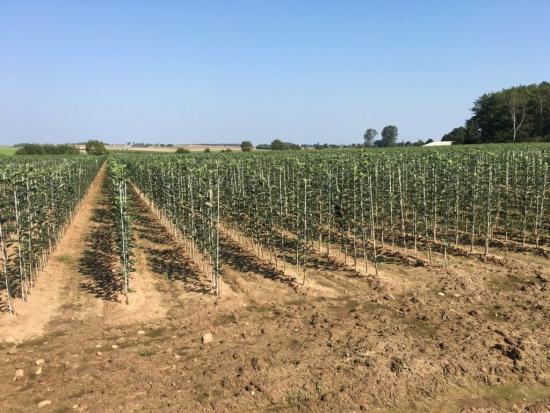
Such conditions are ideal for growing red species, which is why all seedlings are exclusively red varieties. Selection in the country is at a high level, and every 4 - 5 years new, improved and more intensive varieties appear on the market that meet all European quality requirements.
Before planting a garden, Polish entrepreneurs always observe crop rotation and choose the right predecessor, cultivate the soil well and apply mineral and organic fertilizers.
The main positive aspects of Polish apple tree seedlings:
- Healthy, strong seedlings.
- High yield.
- They take root well.
- They bear fruit for 3-4 years.
- They are often resistant to various diseases.
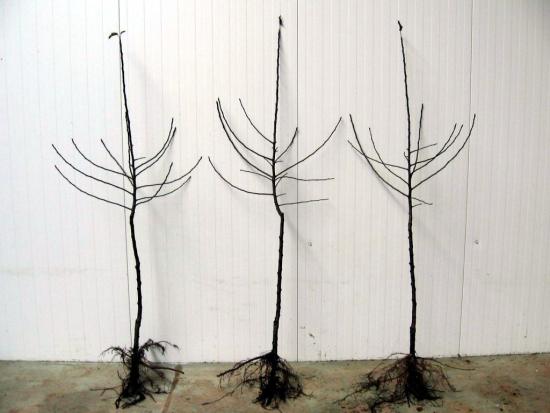
Poland is the undisputed leader in the number of apples exported around the world. Compliance with agricultural technology, the use of the latest agricultural technologies, growing the best varieties of apple trees, an established system of transportation and sales of products in Poland allows us to enjoy the wonderful taste of Polish fruits all year round and replenish vitamin reserves in the body.
For more detailed information about Champion apples, watch the video:

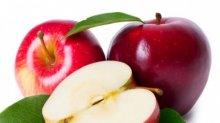
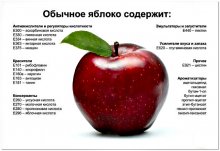
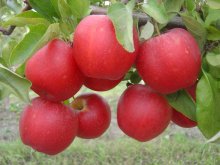
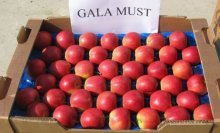
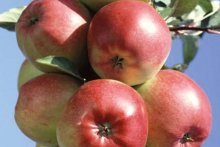
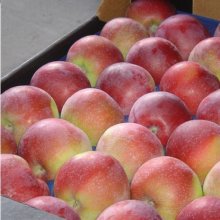
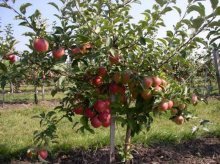
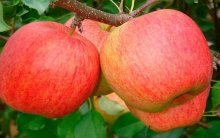
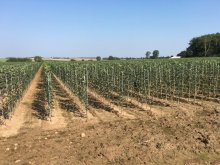
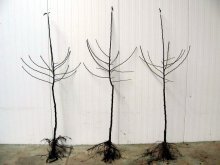
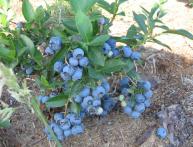
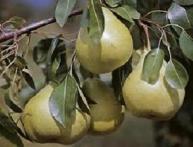
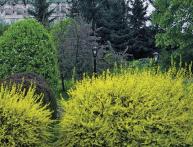
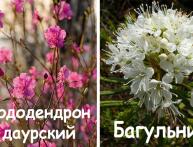
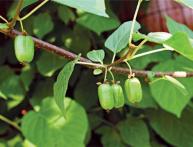
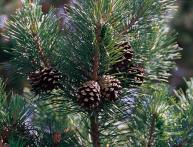
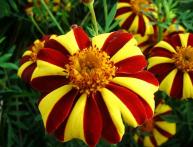
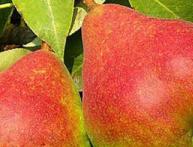
Comments
The "Champion" variety was recommended to us by a neighbor, since the apple tree is not tall, but prolific. And that's great! The fruits are very, very juicy, we don’t eat a hundred, we distill them into wine. It makes a wonderful drink for the New Year and Christmas holidays. Not sour)
The varieties Ligol and Champion are quite common in our country. In addition, many people like the short stature of the Champion variety; the apple tree does not grow to enormous sizes, but bears fruit very well.